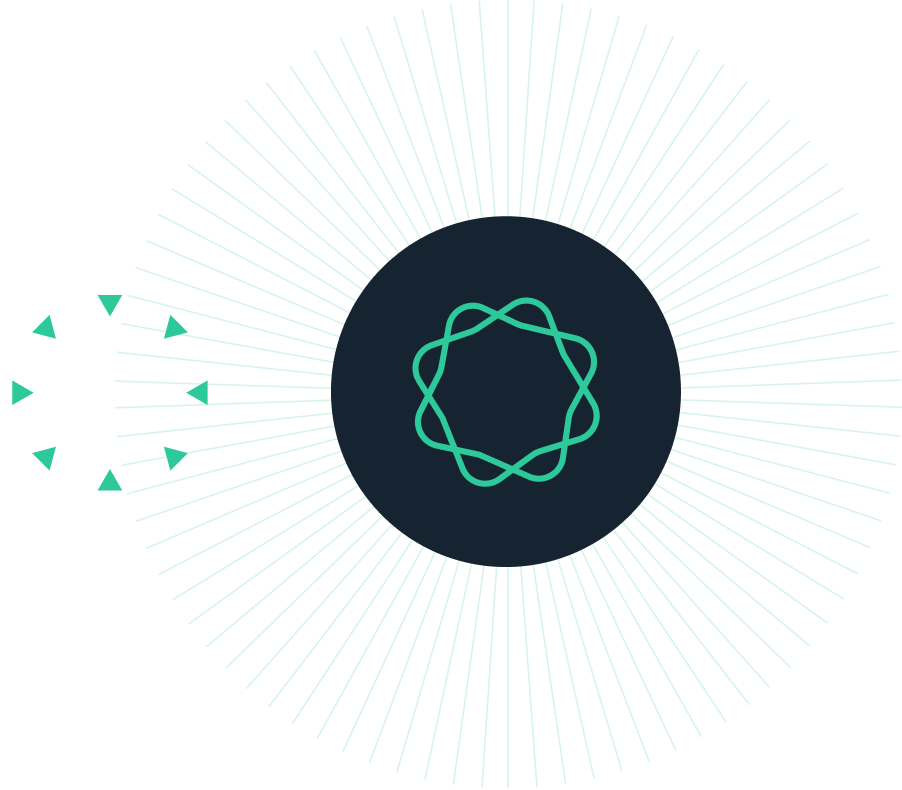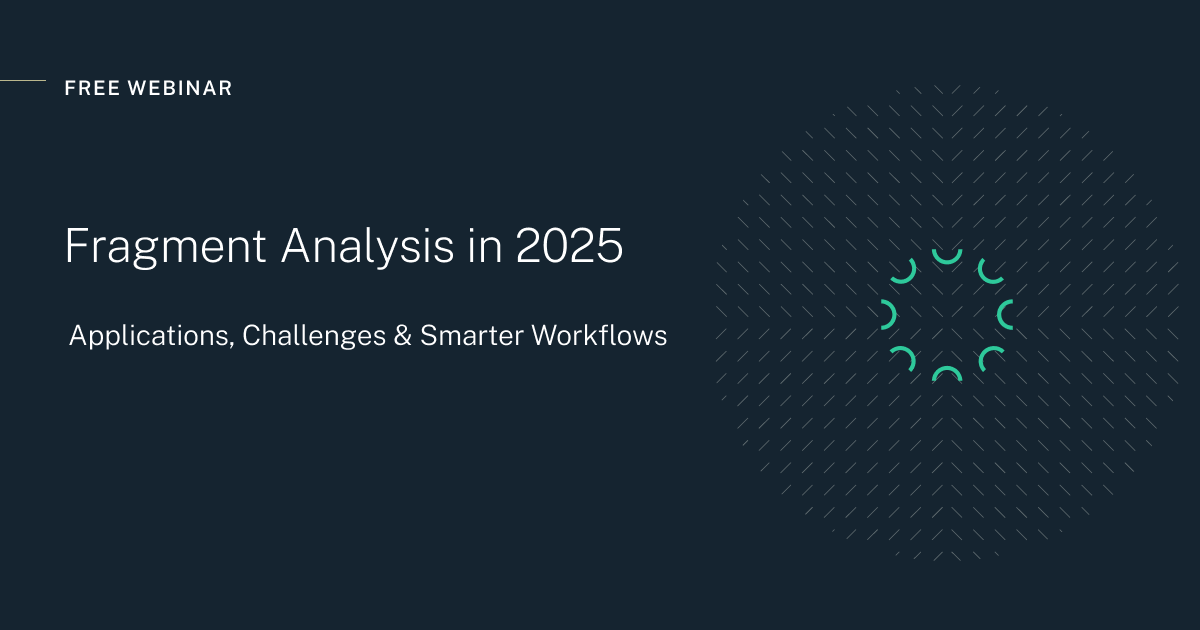What does fragment analysis look like in 2025?
Webinar Playback
Applications, Challenges & Smarter Workflows
Fragment analysis remains a core technique across molecular biology, genetics, and clinical diagnostics. In 2025, laboratories continue to rely on capillary electrophoresis (CE) for assays ranging from MLPA and MSI to chimerism and Fragile X — but rising workflow demands call for more efficient, integrated analysis tools.
In this webinar, Dr. Teresa Snyder-Leiby, with over 30 years of expertise in molecular research, forensic analysis, and clinical diagnostics has provided an in-depth walkthrough of current trends, practical workflow solutions, and how GeneMarker® and ChimeRMarker® streamline post-genotyping interpretation.
Key Challenges in Fragment Analysis Workflows
While CE-based fragment analysis is robust and widely used, laboratories often encounter recurring workflow obstacles, including:
Data Interpretation Bottlenecks
Large batches of CE data can slow down review and reporting, especially when relying on manual or legacy software.
Complex Assays Across Multiple Applications
Assays such as MLPA, MSI, LOH, Trisomy, Cystic Fibrosis, and Fragile X require precise size calling, quality assessment, and consistent interpretation across runs.
Chimerism and Mixed-Cell Populations
Chimeric and MCC analyses demand sensitive detection of minor peaks and accurate quantification across multiple markers.
Reporting Consistency
Standardizing analysis across researchers, instruments, or sites remains a challenge without unified software workflows.
Key Features
This webinar has demonstrated how GeneMarker® and ChimerMarker® simplify and accelerate CE fragment analysis through an integrated, user-friendly interface.
1. Streamlined Data Import and Automated Analysis
Both platforms accept standard CE output formats and automatically detect size standards, assign alleles, and flag quality issues — reducing hands-on review time.
2. Smarter Filtering and Visualization
Interactive electropherograms, automated peak labeling, and customizable quality checks help eliminate noise, improve confidence, and simplify complex assays.
3. Purpose-Built Tools for Specialized Assays
The session included walkthroughs of two embedded, post-genotyping applications, showing how the software supports:
-
MLPA
-
MSI
-
LOH
-
Trisomy assays
-
Cystic Fibrosis panels
-
Fragile X
-
MCC analysis
-
Chimerism testing
4. Reporting and Export Options
GeneMarker® and ChimeRMarker® generate clear, consistent reports suitable for research teams or clinical environments.
Use Cases in Research and Diagnostics
The webinar highlighted real-world contexts where modern fragment analysis tools make a measurable impact:
Molecular Biology
Accurate sizing, allele calling, and repeat analysis for standard CE assays.
Plant and Animal Genetics
Reliable genotyping and marker evaluation for breeding and trait studies.
Clinical Applications
Streamlined review for MLPA, MSI, LOH, Fragile X, Trisomy, and other diagnostic-relevant assays.
Chimerism Monitoring
Sensitive detection and quantification of donor/recipient markers.
Why GeneMarker® and ChimerMarker® Matter in 2025
As labs transition away from manual or outdated workflows, GeneMarker® and ChimeRMarker® offer:
-
Simplified post-genotyping workflows
-
Automated data interpretation
-
Support for a wide range of CE assays
-
Faster reporting and improved consistency
-
An intuitive, researcher-friendly interface
-
Guidance backed by scientific support staff
Together, these tools help researchers and clinicians move confidently from raw CE data to actionable insights.
Get Started with SoftGenetics
Sign up to start your free 35-day trial! No credit card, no commitment required.
Start your free 35-day trial now.
Get started with SoftGenetics today
Start your 35-day free trial















